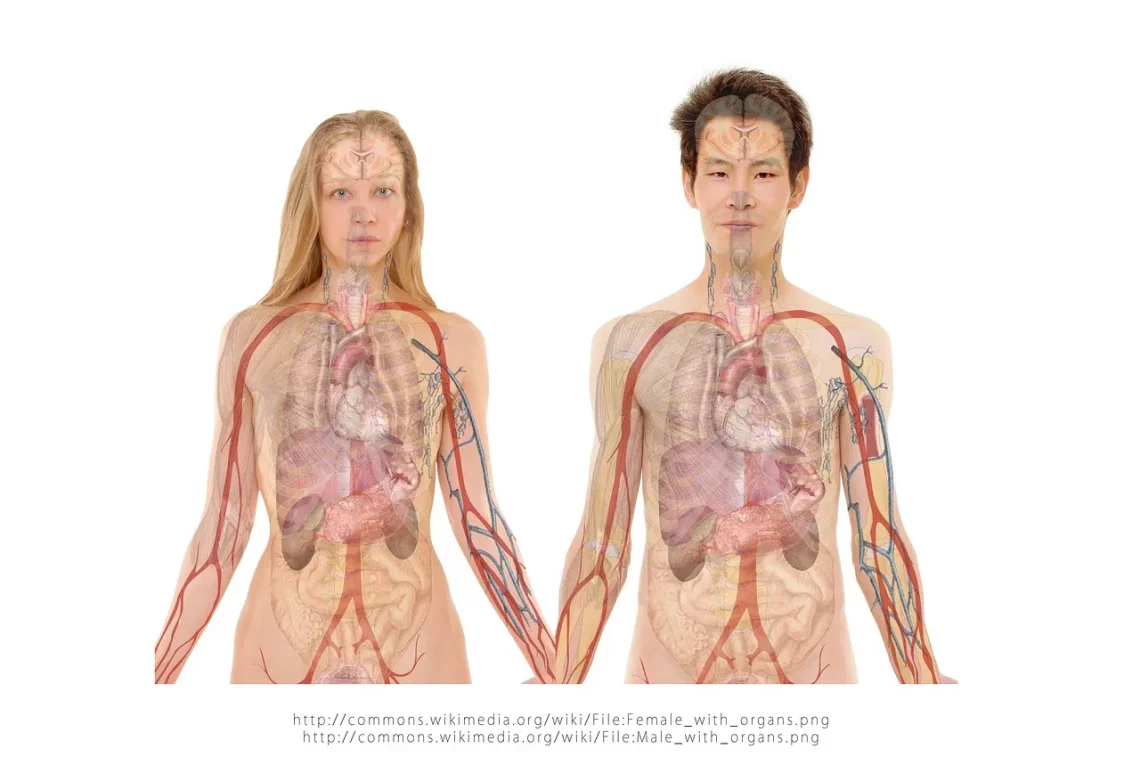
Understanding Fetal Pigs: Insights into Development and Anatomy
Understanding fetal pigs provides a fascinating glimpse into the complexities of developmental biology and anatomy. These remarkable creatures serve as a staple in educational settings, particularly in biology and anatomy courses, where students gain hands-on experience in dissection and observation. The fetal pig, a common specimen in laboratories, closely resembles human anatomy in many respects, making it an ideal model for understanding various physiological systems.
The study of fetal pigs allows students to explore the intricate processes of growth and development, as well as the fundamental structures that form the basis of vertebrate anatomy. Through careful examination, students can observe the formation of organs, tissues, and systems, thus bridging the gap between theoretical knowledge and practical application. This experience not only enhances learning but also fosters a deeper appreciation for biological sciences and the complexities of life itself.
Moreover, the ethical considerations surrounding the use of fetal pigs in education highlight important discussions about animal rights and the responsibilities of researchers and educators. As students engage with these specimens, they are also prompted to think critically about the impact of their studies on living beings and the environment. In this context, the fetal pig becomes more than just a subject of dissection; it transforms into a catalyst for ethical reflection and deeper understanding of biological principles.
Developmental Stages of Fetal Pigs
Fetal pigs, like all mammals, undergo several key developmental stages before birth. The gestation period for pigs is approximately three months, which is relatively short compared to humans. During this time, significant changes occur as the embryo develops into a fully formed fetus. Understanding these stages is crucial for students and researchers alike, as it sheds light on the processes that govern growth and differentiation.
In the early stages of development, the fertilized egg undergoes cleavage, a series of rapid cell divisions that lead to the formation of a blastocyst. This structure eventually implants itself into the uterine wall, where it will continue to develop. Within the first few weeks, the basic body plan is established, and the major organ systems begin to form. This is a critical period where any disruptions or abnormalities can lead to developmental issues.
As the fetus grows, the organs become more defined, and functional systems start to emerge. By the time the fetus reaches mid-gestation, students can observe the formation of the heart, lungs, and digestive system, among others. The heart, for instance, begins as a simple tube and gradually develops into a four-chambered organ, essential for circulatory function. This transformation is an excellent example of how complex biological systems evolve from simpler structures.
Late in gestation, the fetus undergoes significant growth, with organs maturing and becoming fully functional in preparation for life outside the womb. The skin, for example, develops hair follicles, and the skeletal system hardens. As students examine the fetal pig, they can trace the pathways of development and appreciate the intricacies involved in creating a living organism.
Studying the developmental stages of fetal pigs not only enhances understanding of mammalian biology but also provides insights into the commonalities shared among species. This knowledge is invaluable for future research in fields such as medicine, veterinary science, and conservation biology.
Anatomy of the Fetal Pig
The anatomy of the fetal pig serves as a model for understanding vertebrate structure and function. As with humans, the fetal pig’s body is organized into various systems, each performing specific roles necessary for survival. These systems include the circulatory, respiratory, digestive, and nervous systems, among others.
The circulatory system is particularly noteworthy, as it demonstrates how blood is transported throughout the body. The fetal pig has a closed circulatory system with a heart that pumps oxygenated blood to the body and deoxygenated blood to the lungs. Notably, the fetal pig’s circulatory system includes the umbilical cord, which connects the fetus to the placenta, allowing for nutrient and gas exchange. This system highlights the importance of maternal health and its impact on fetal development.
The respiratory system of the fetal pig, while not fully functional until birth, showcases essential structures such as the trachea and lungs. During the fetal stage, the lungs are filled with fluid, and gas exchange occurs via the placenta. Examining these structures provides insights into how respiratory systems evolve and adapt within different environments.
The digestive system is equally impressive, with the fetal pig possessing organs such as the stomach, intestines, and liver. These organs are responsible for processing nutrients and waste. Observing the arrangement and function of these organs allows students to understand the complexities of digestion and metabolism, which are critical for sustaining life.
Furthermore, the nervous system of the fetal pig is a focal point for understanding how organisms respond to their environment. The brain and spinal cord are developing at this stage, and the intricate network of nerves begins to form, enabling communication between the brain and the rest of the body.
Overall, the anatomy of the fetal pig provides a comprehensive view of vertebrate biology. By studying these structures, students gain a better understanding of their own anatomy and the evolutionary relationships that connect all living beings.
Ethical Considerations in the Study of Fetal Pigs
The use of fetal pigs in educational settings raises significant ethical considerations that warrant thoughtful discussion. As students engage in dissections and examinations, it is essential to address the ethical implications of using animal specimens for educational purposes. This dialogue helps foster a sense of responsibility and respect for all living beings.
One primary concern is the source of the fetal pigs used in laboratories. It is crucial to ensure that the animals are obtained ethically and humanely, with proper oversight and regulations in place. Many institutions adhere to strict guidelines regarding the procurement and treatment of animals, emphasizing the importance of minimizing suffering and promoting welfare.
Additionally, the practice of dissection itself raises questions about the necessity and appropriateness of using animals for educational purposes. While some argue that dissection is an invaluable tool for learning anatomy and physiology, others advocate for alternative methods, such as virtual dissections or 3D models. These alternatives can provide similar educational benefits without the ethical concerns associated with using live specimens.
Furthermore, discussions surrounding the ethical treatment of animals during dissections often lead to broader conversations about animal rights and conservation. Educators are encouraged to instill a sense of empathy in students, fostering a respect for life and an understanding of the interconnectedness of all living organisms.
Ultimately, the ethical considerations surrounding the study of fetal pigs in education challenge students to think critically about their role as future scientists and stewards of the environment. By grappling with these issues, students can develop a holistic view of biology that encompasses not only the scientific aspects but also the moral dimensions of their work.
In conclusion, understanding fetal pigs not only enhances knowledge of anatomy and development but also encourages ethical reflection on the role of animals in education. As students explore these fascinating creatures, they are not just learning about biology; they are cultivating a sense of responsibility toward all living beings.
**Disclaimer:** This article is for informational purposes only and does not constitute medical advice. For any health-related concerns, please consult a qualified healthcare professional.




